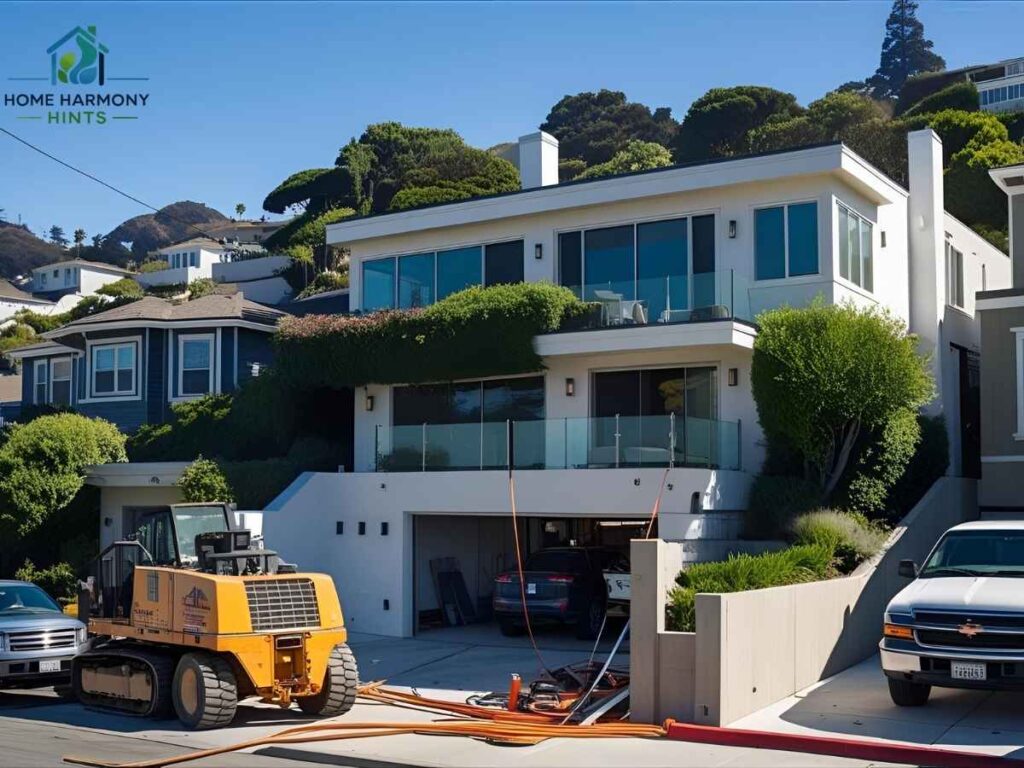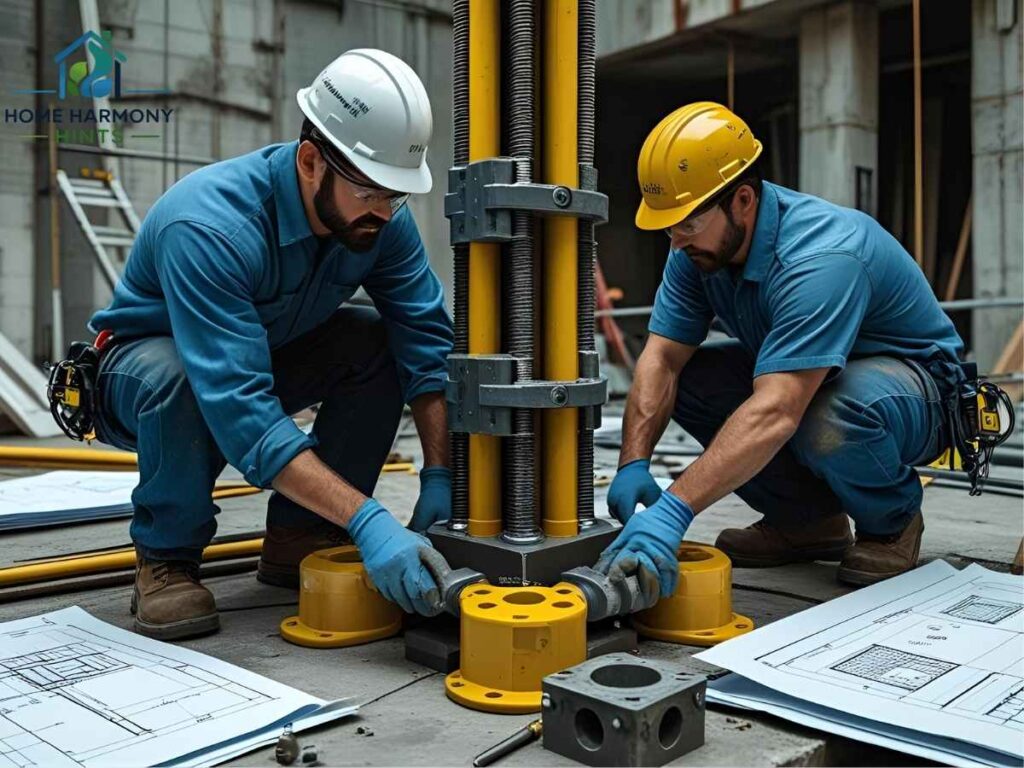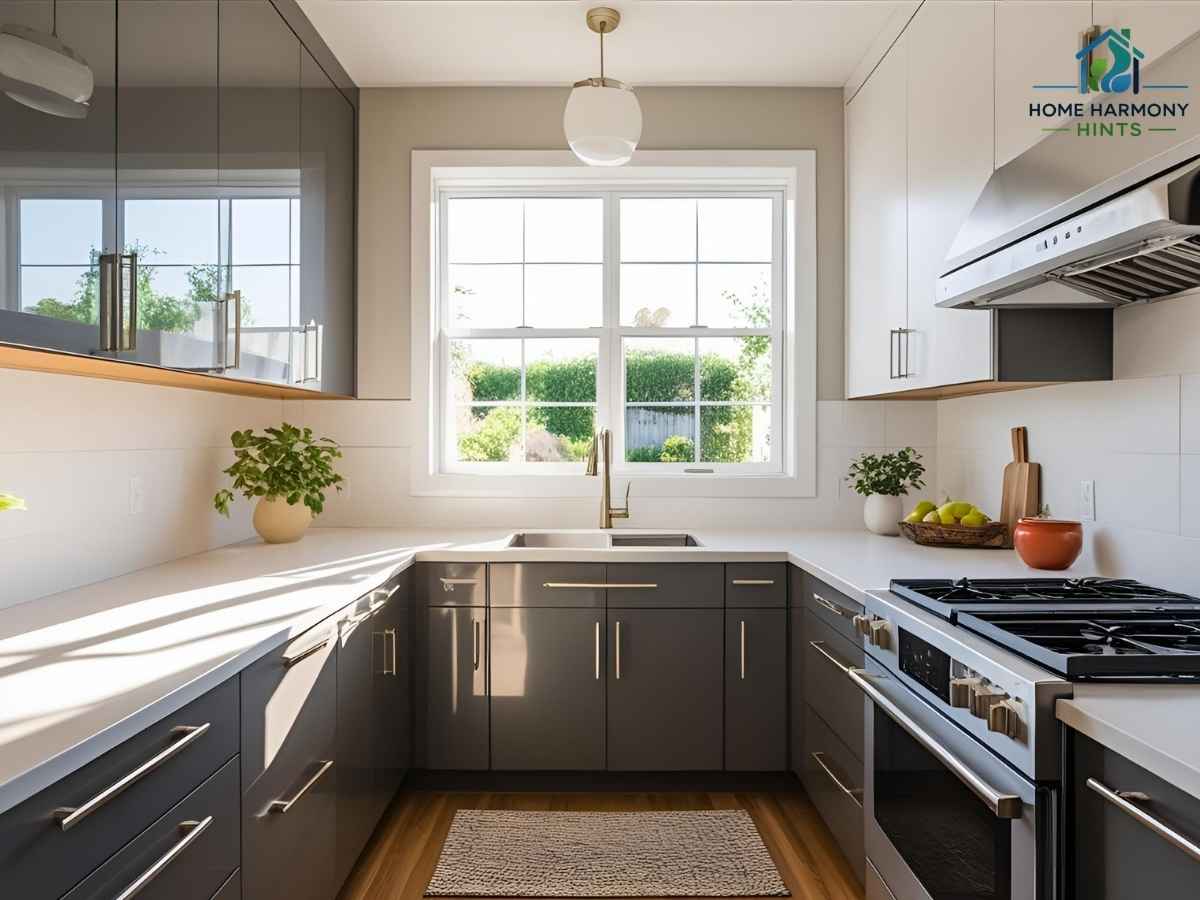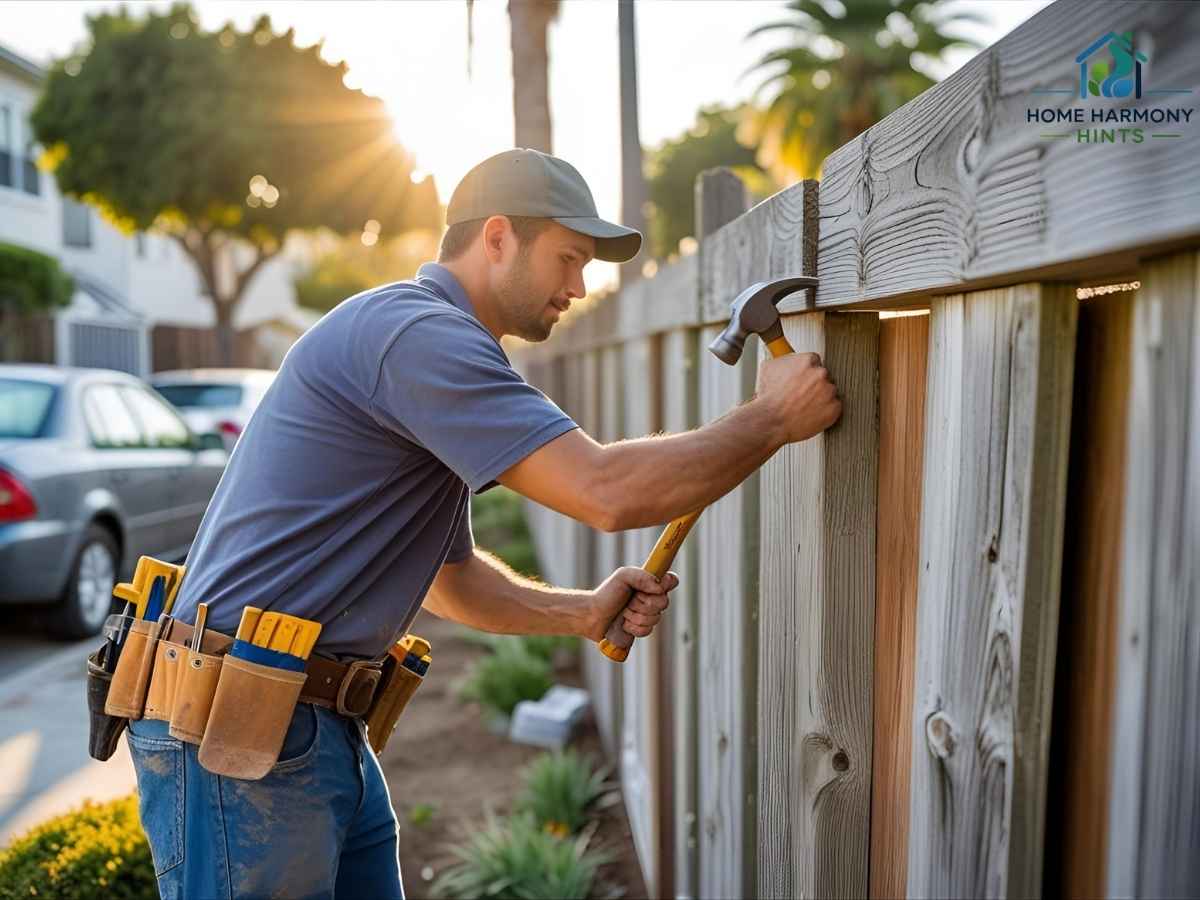Living in Los Angeles, especially in scenic hillside neighborhoods like Golden Gate Heights, comes with a unique blend of beauty and risk. With its sweeping city views, proximity to vibrant LA culture, and charm, Golden Gate Heights is an attractive place to call home. But for anyone living in Los Angeles County, there’s always one persistent concern—earthquakes.
If you’re a homeowner or landlord here, seismic retrofitting isn’t just a “good idea”—it’s quickly becoming a necessity. Southern California, including Golden Gate Heights, sits in one of the world’s most active seismic zones, and the reality is clear: the next major quake will come, and it’s better to be prepared today than sorry tomorrow.
Table of Contents
Why Earthquake Risks Are Higher in Los Angeles Neighborhoods
Golden Gate Heights’ proximity to the San Andreas Fault, the Newport-Inglewood Fault, and smaller local fault lines makes it particularly vulnerable. Los Angeles has experienced devastating quakes before—the 1994 Northridge earthquake killed 57 people, injured thousands, and caused $35 billion in damage. Soft-story buildings and older wood-frame houses bore the brunt of the destruction.

The city’s Mediterranean climate also influences structural health. Summers regularly reach highs of 81–85°F (with spikes above 100°F inland), while winters are mild but can include heavy rains during El Niño years. Wood expands and contracts in these conditions, concrete foundations weaken over decades, and untreated metal can corrode. Over time, these factors combine to make structures more vulnerable to earthquake shaking.
What Seismic Retrofitting Means for Golden Gate Heights Homes
Seismic retrofitting is essentially strengthening your building so it can better withstand seismic forces. In Los Angeles, the most common retrofitting methods include:
- Foundation Bolting – Attaching the wooden frame of your building securely to its concrete foundation.
- Shear Wall Installation – Adding plywood or steel panels to resist sideways movement.
- Steel Moment Frames – Installing rigid frames that allow for open parking or storefront spaces without compromising stability.
- Cripple Wall Bracing – Reinforcing short walls between the foundation and first floor.
- Roof-to-Wall Connectors – Preventing roof separation during intense shaking.
Done correctly, these techniques drastically reduce collapse risk and can save not only your building, but lives inside it.
Real-Life Local Case Studies
Silver Lake – 1960s Apartment Upgrade
A 14-unit building in Silver Lake had a soft-story first floor used for parking. In 2022, the landlord contracted a seismic retrofitting company that installed steel moment frames. The project took 6 weeks, cost around $130,000, and allowed the structure to meet Los Angeles soft-story ordinance standards. During a magnitude 4.3 quake earlier this year, the building sustained zero damage.
Echo Park – 1920s Craftsman Bungalow
This charming property had a raised foundation showing signs of wear. The retrofit involved:
- Bolting the foundation to the frame.
- Shear wall installation in the crawl space.
- Repairing aged wooden supports.
Cost: $35,000. Completion: 3 weeks. The homeowner reported peace of mind and now enjoys lower earthquake insurance premiums.
Northridge – Multi-Family Complex
A three-building property built in 1971 underwent a full retrofit including:
- Foundation reinforcement.
- New reinforced concrete grade beams.
- Cripple wall bracing throughout.
Minimal disruption (tenants stayed in place), done in just under a month. The landlord also took advantage of the California Residential Mitigation Program, reducing personal out-of-pocket costs by $13,000.
Top 3 Seismic Retrofit Service Providers in Los Angeles
- Optimum Seismic
Nearly 40 years of local experience. Specializes in soft-story reinforcement, steel fabrication, and large commercial projects.
Website: optimumseismic.com - Weinstein Construction
Founded in 1977. Known for foundation repair, earthquake retrofitting, and waterproofing. Strong customer service and quick completion times.
Website: weinsteinconstruction.com - LA Seismic Construction Co.
Full-service retrofitting company handling residential and commercial properties. Extensive engineering experience paired with affordable pricing.
Website: laseismicconstruction.com
Permits, Ordinances & Compliance in Los Angeles
Since Ordinance 183893 passed in 2015, Los Angeles requires:
- Retrofitting for wood-frame soft-story buildings built before 1978.
- Compliance deadlines based on building size and occupancy.
- Plans, permits, and inspections through the Los Angeles Department of Building and Safety (LADBS).
Owners must:
- Submit retrofit plans by the city-prescribed deadline.
- Pull building permits before starting work.
- Notify tenants in writing before retrofit construction starts.

Estimated Costs & Timelines
- Single-family homes: $3,000–$8,000 for basic foundation bolting.
- Multi-unit soft-story buildings: $80,000–$150,000+ depending on scope.
- Time frame: 3–12 weeks depending on building type, complexity, and size.
Local Tools & Resources
- LADBS – Building permits and retrofit guidelines.
- LA County Public Works – Seismic safety FAQs.
- California Residential Mitigation Program (CRMP) – Grants for homeowners.
- LADWP – Utility service coordination during construction.
- USGS Earthquake Hazards Program – Up-to-date seismic mapping.
FAQ Section
Which Los Angeles buildings require seismic retrofitting?
Buildings with wood-frame soft-story designs built before 1978 must be retrofitted under LA Ordinance 183893.
What is the average cost for retrofitting in Los Angeles?
Single-family homes: $3K–$8K. Multi-unit buildings: $80K–$150K+.
Can seismic retrofitting lower my earthquake insurance premiums?
Yes. Many insurers reduce rates for retrofitted properties.
Are there financing options for retrofits?
Yes. The City of LA has cost-sharing programs, and CRMP offers grants up to $3,000.
How do I choose the right contractor?
Look for licensed, insured, locally experienced contractors with strong retrofit portfolios.


